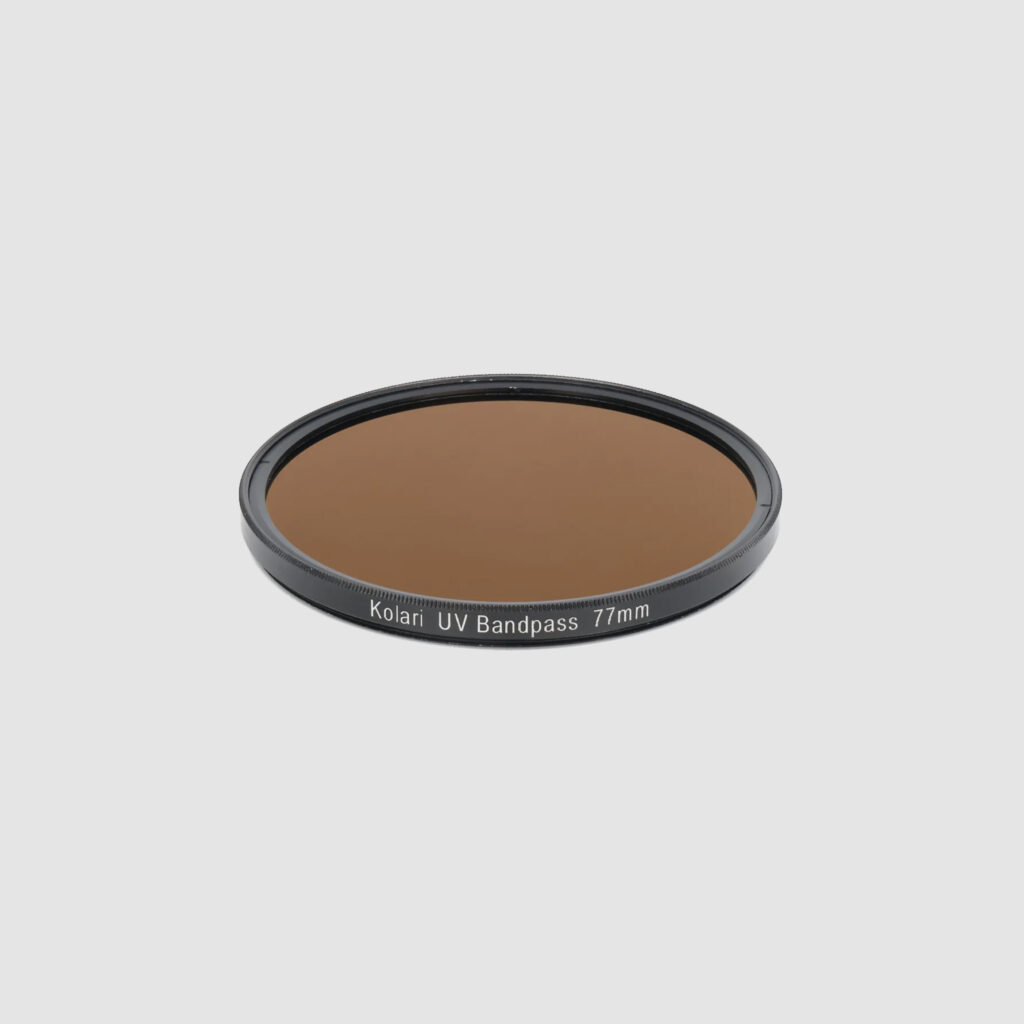
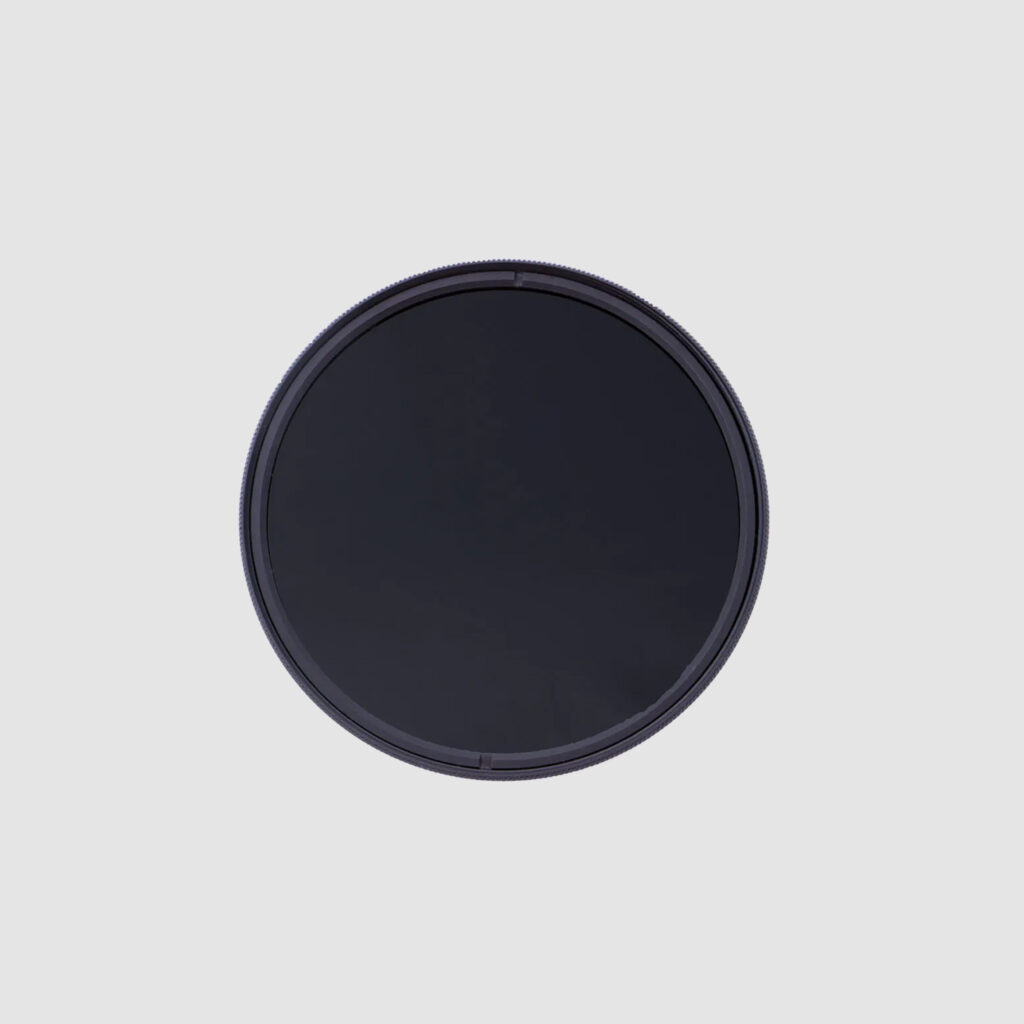
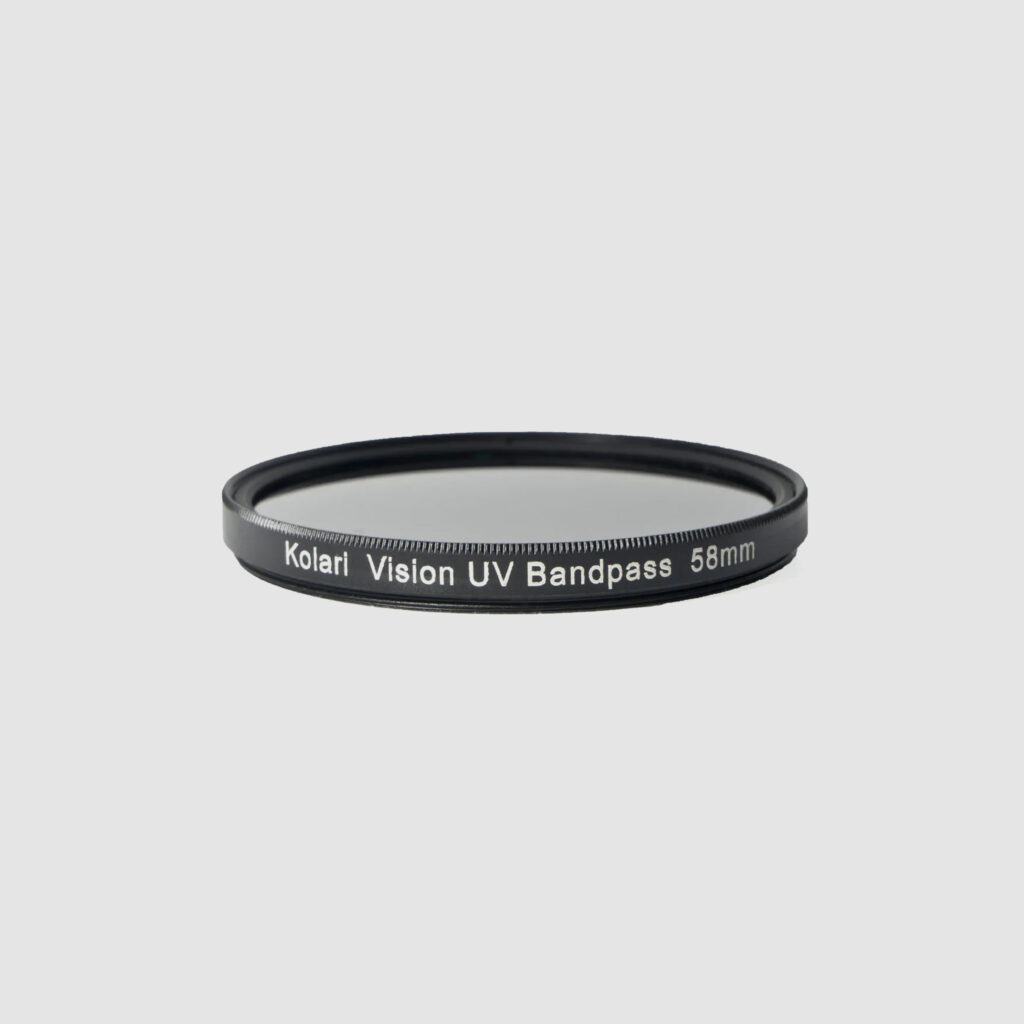
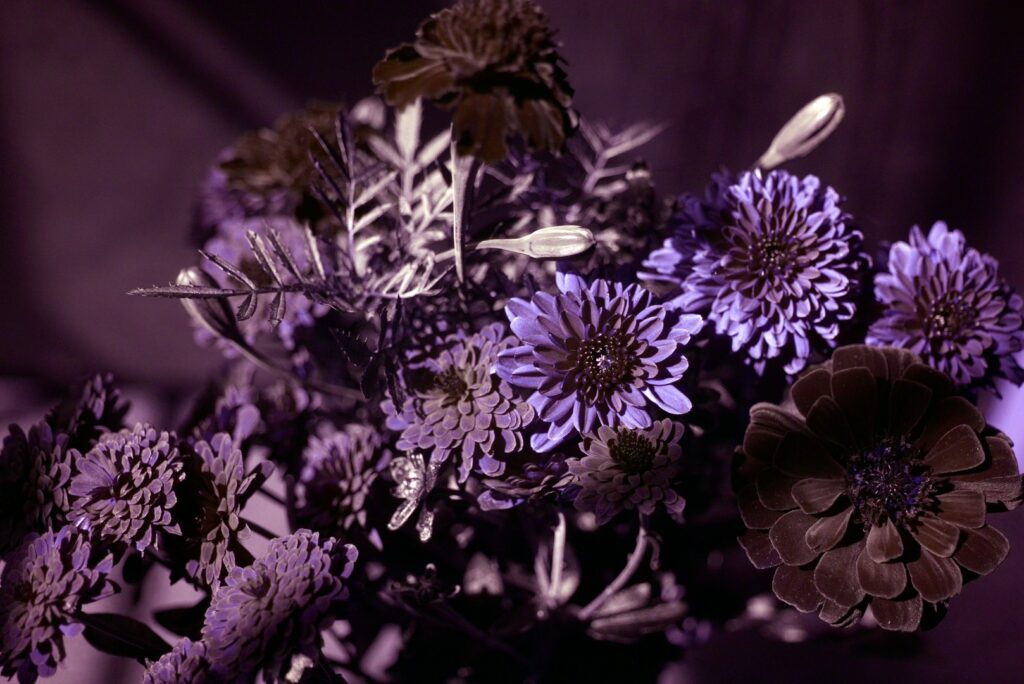
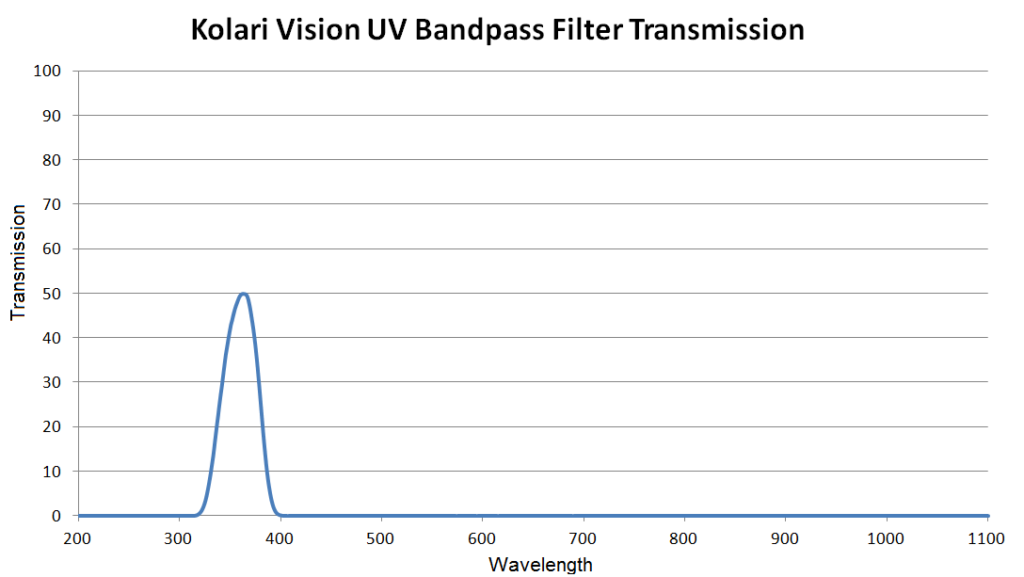
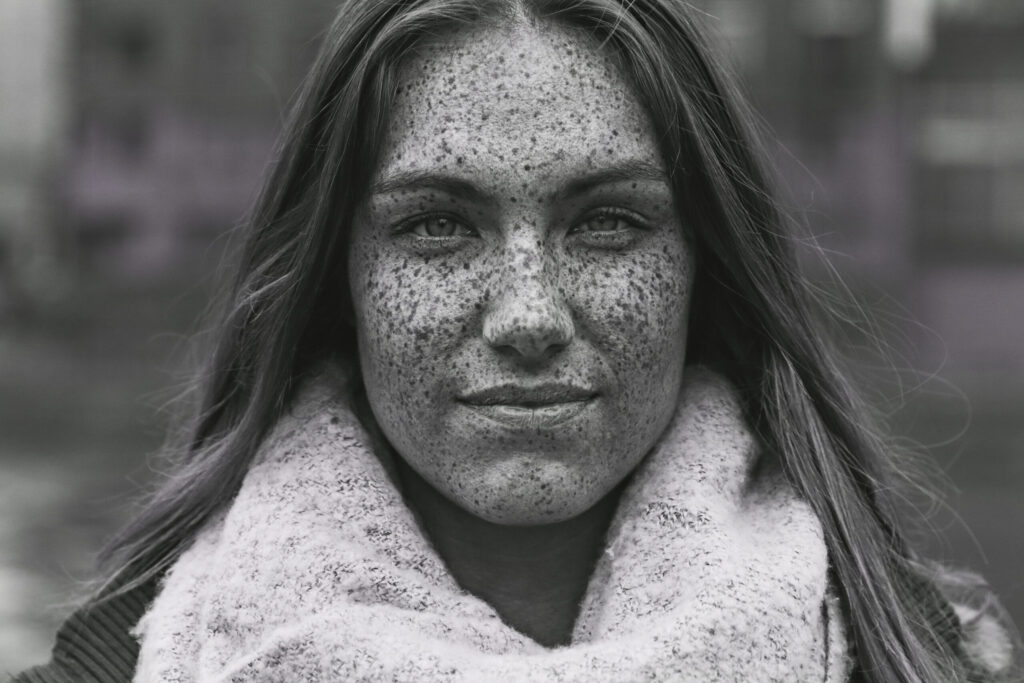
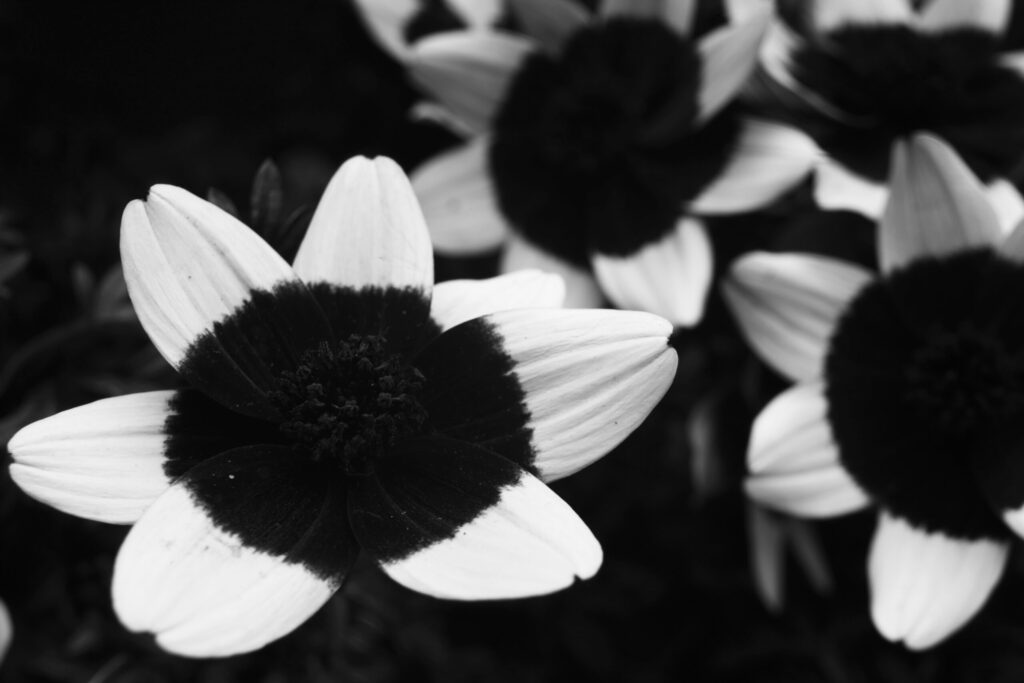
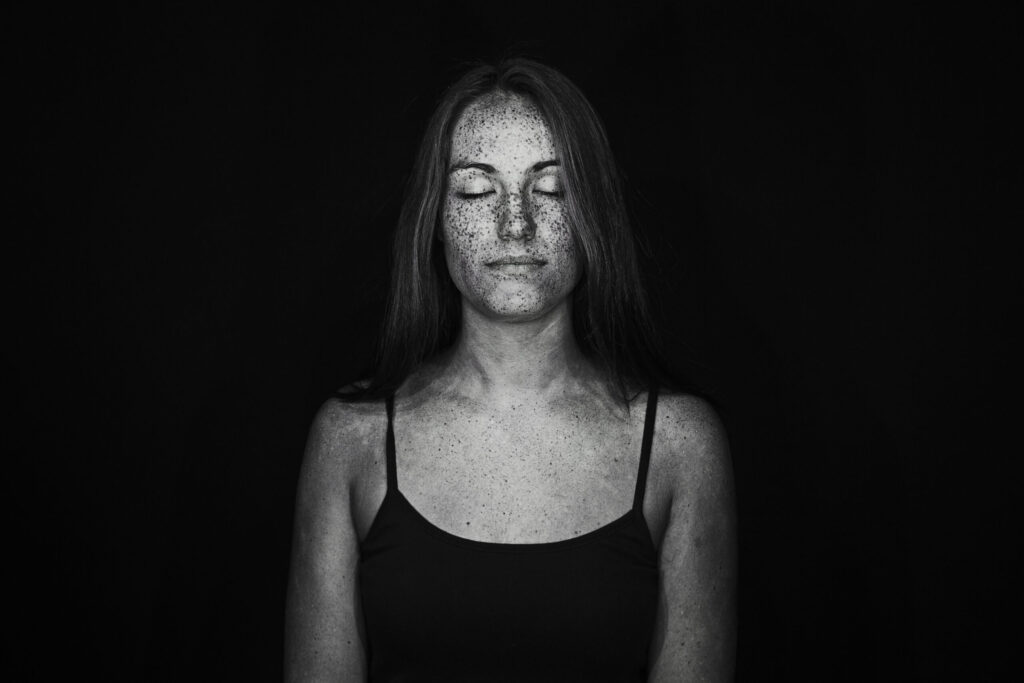
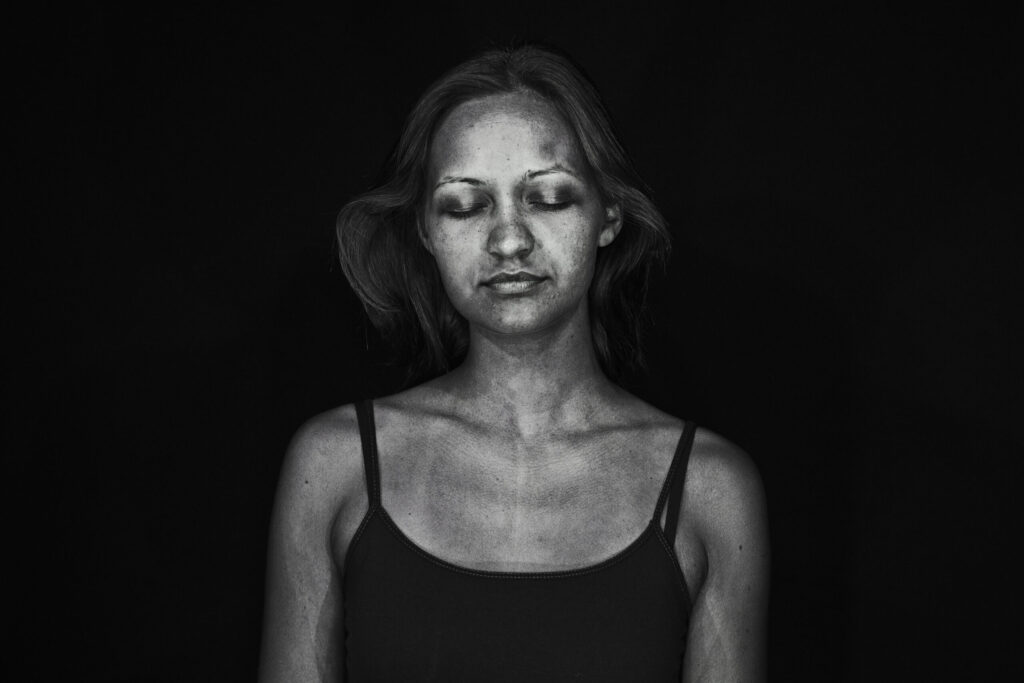
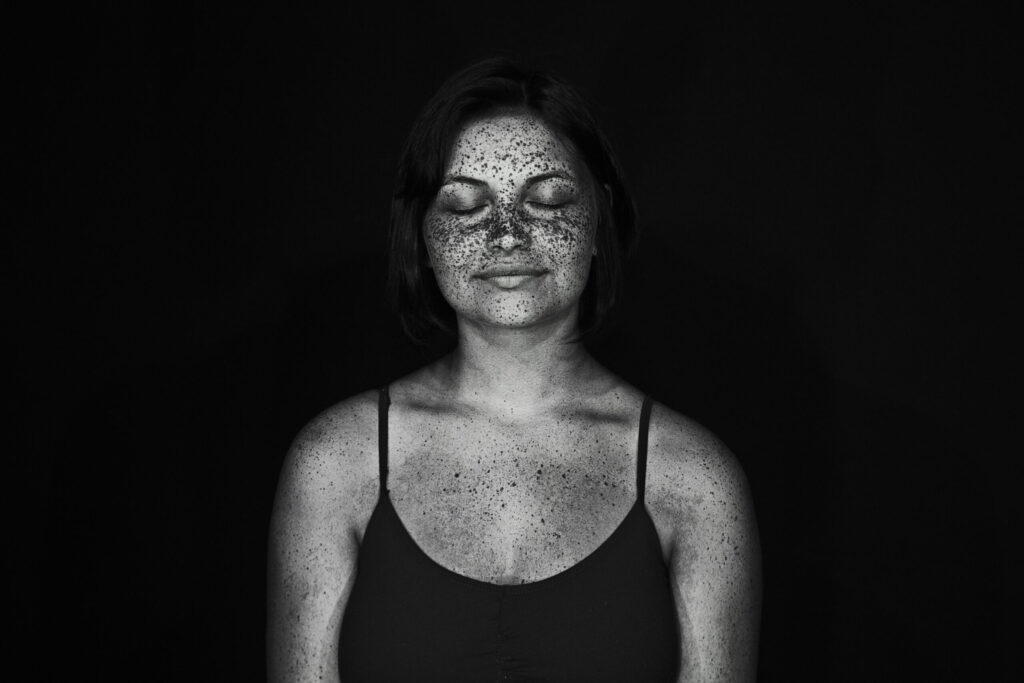
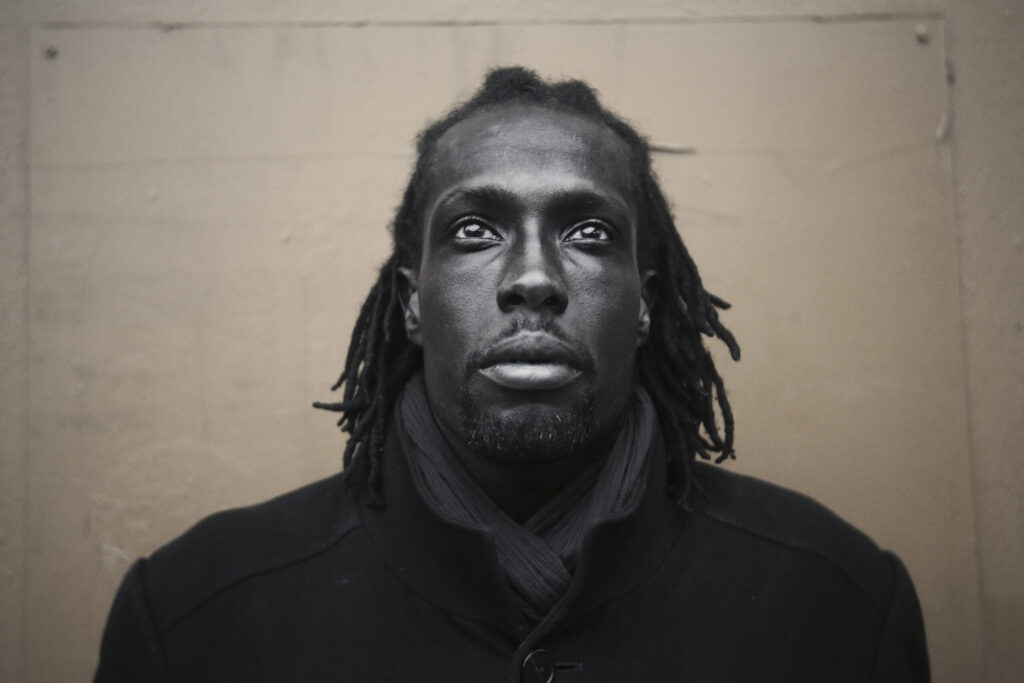
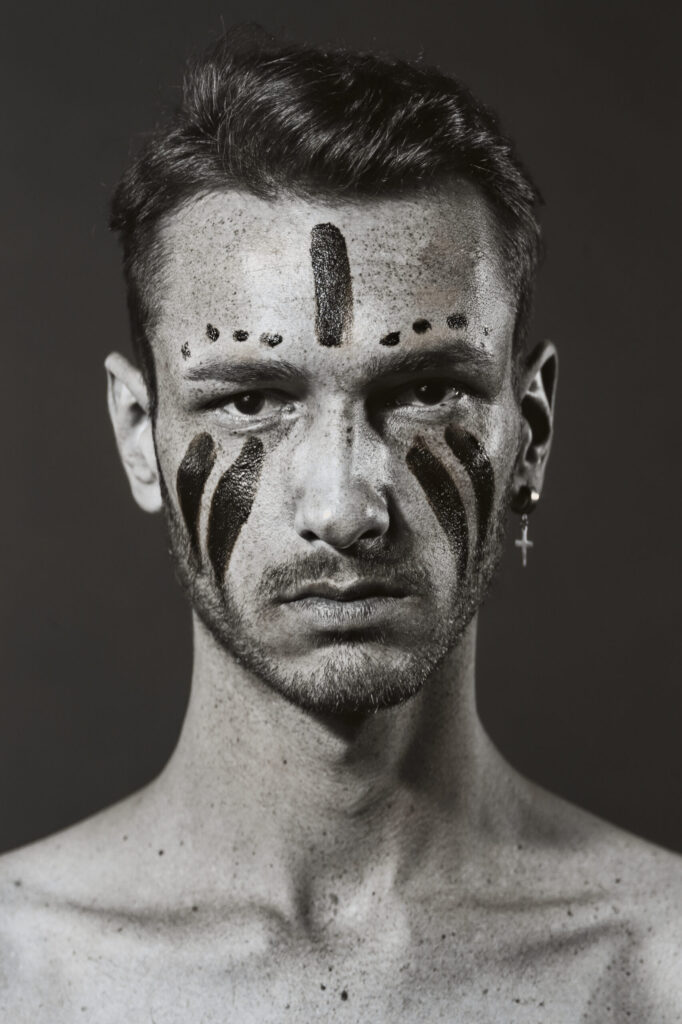

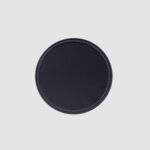
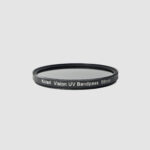
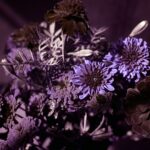
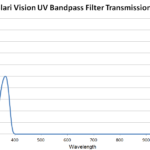
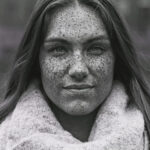
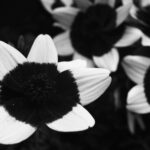
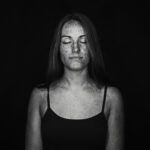
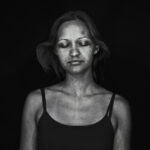
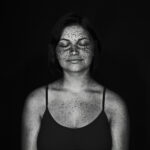
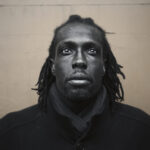

Description
We are happy to announce that we have finally developed our own photography grade UV transmitting bandpass filter! This filter pairs with a full spectrum converted camera for true UV photography. Read our UV photography articles for lens considerations and general advice for shooting UV successfully.
Great for photography, skin damage analysis, forensic analysis, astrophotography, and other uses.
Unlike other UV filters on the market which are interference coating based, we have developed our filters using absorption based glass. The efficacy of interference coatings depends on the angle of incidence, meaning that transmission characteristics change depending on the angle of the light rays. This may be fine for use with a telescope, where there incoming light is very parallel, but for general photography this causes problems with inconsistent color across the frame. Those familiar with our hot-mirror’s may recall the issues with earlier interference based hot-mirrors.
Our filter has a 50% transmission peak at 365nm, and >25% transmission between 345-380nm for high total light transmission. Average out of band rejection is >OD 4.3 (0.005%), with a minimum rejection of>3.5OD (0.025%), meaning there is a high signal to noise ratio and no IR contamination.
Our UV filter is coated for durability. Uncoated UV glass is sensitive to oxidation when exposed to humidity, ruining the filter. Due to the thickness of the glass, the filter is only threaded on one side only.
*UV photography requires a UV-compatible lens*
$149.99 – $349.99
Description
We are happy to announce that we have finally developed our own photography grade UV transmitting bandpass filter! This filter pairs with a full spectrum converted camera for true UV photography. Read our UV photography articles for lens considerations and general advice for shooting UV successfully.
Great for photography, skin damage analysis, forensic analysis, astrophotography, and other uses.
Unlike other UV filters on the market which are interference coating based, we have developed our filters using absorption based glass. The efficacy of interference coatings depends on the angle of incidence, meaning that transmission characteristics change depending on the angle of the light rays. This may be fine for use with a telescope, where there incoming light is very parallel, but for general photography this causes problems with inconsistent color across the frame. Those familiar with our hot-mirror’s may recall the issues with earlier interference based hot-mirrors.
Our filter has a 50% transmission peak at 365nm, and >25% transmission between 345-380nm for high total light transmission. Average out of band rejection is >OD 4.3 (0.005%), with a minimum rejection of>3.5OD (0.025%), meaning there is a high signal to noise ratio and no IR contamination.
Our UV filter is coated for durability. Uncoated UV glass is sensitive to oxidation when exposed to humidity, ruining the filter. Due to the thickness of the glass, the filter is only threaded on one side only.
*UV photography requires a UV-compatible lens*
Reviews (3)
3 reviews for Kolari Vision UV Photography Filter, Ultraviolet Bandpass Transmission Lens Filter
Add a review Cancel reply
You must be logged in to post a review.
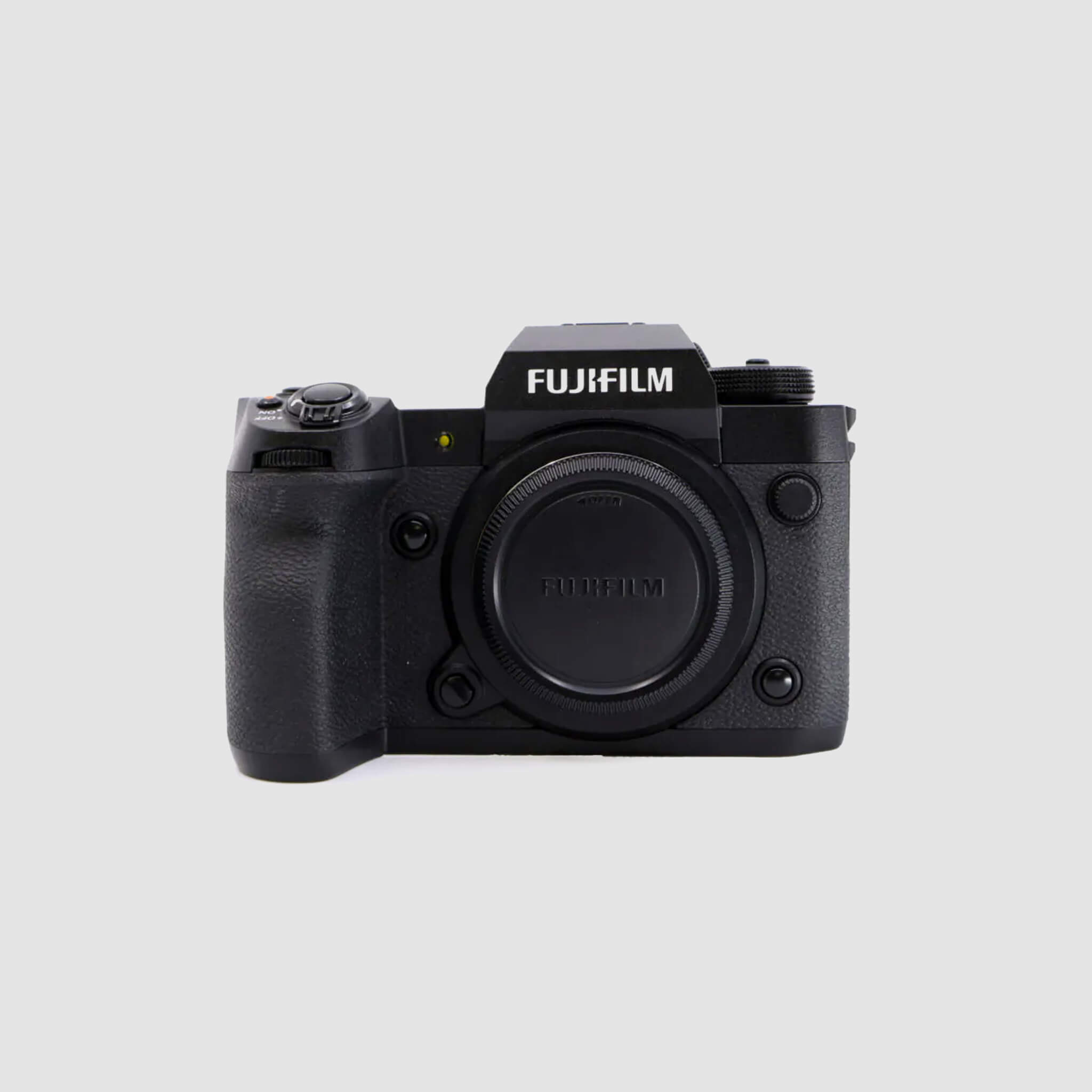
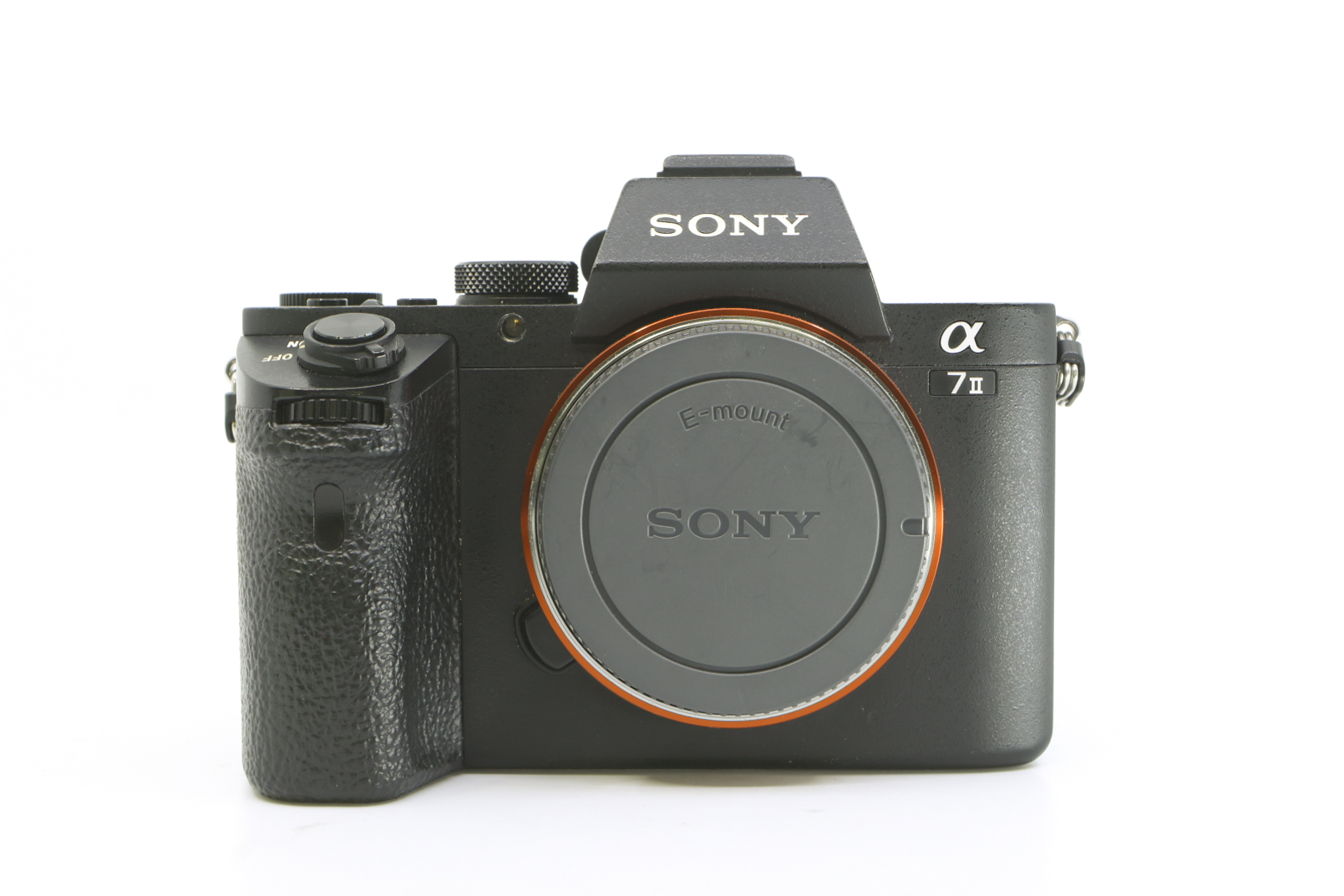
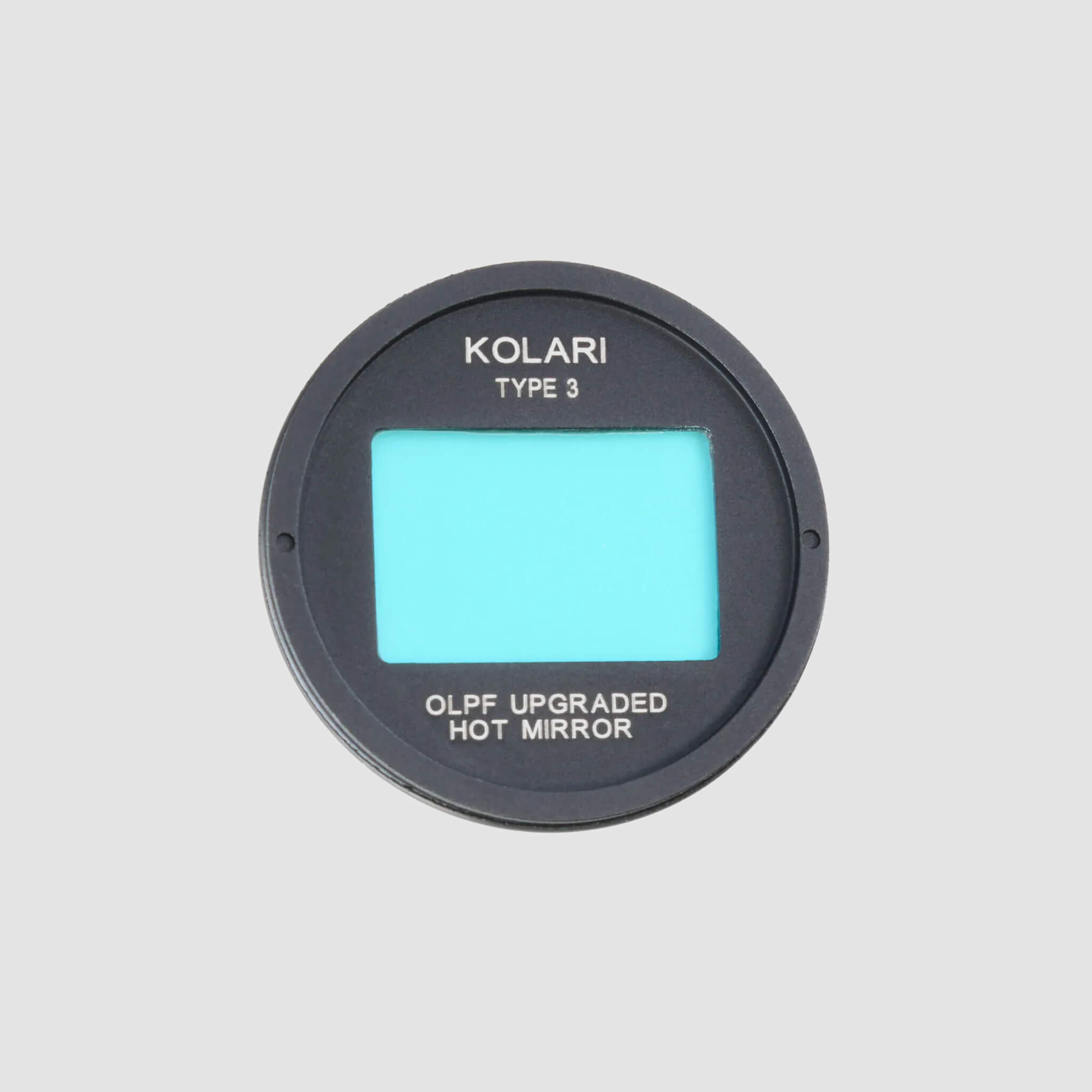
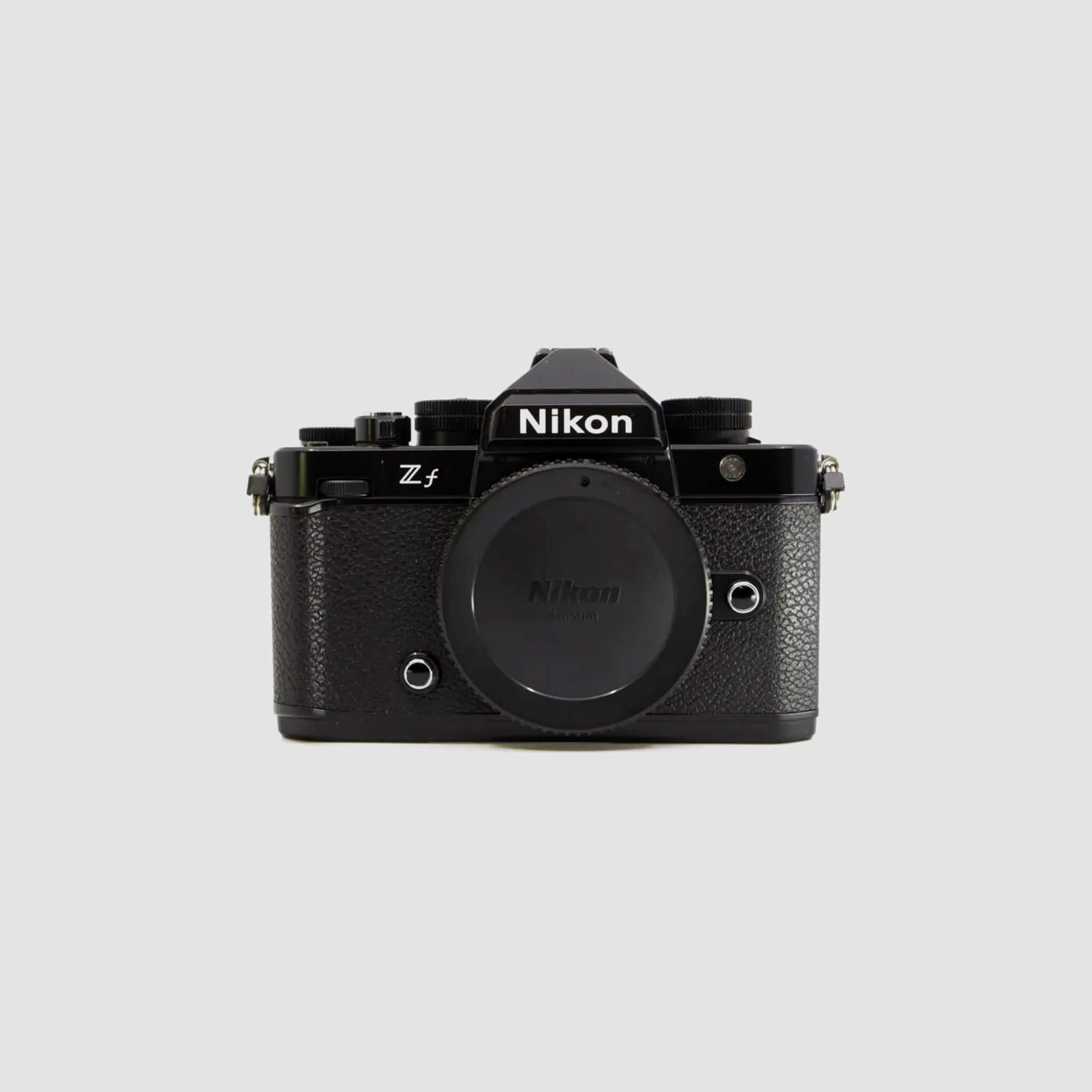
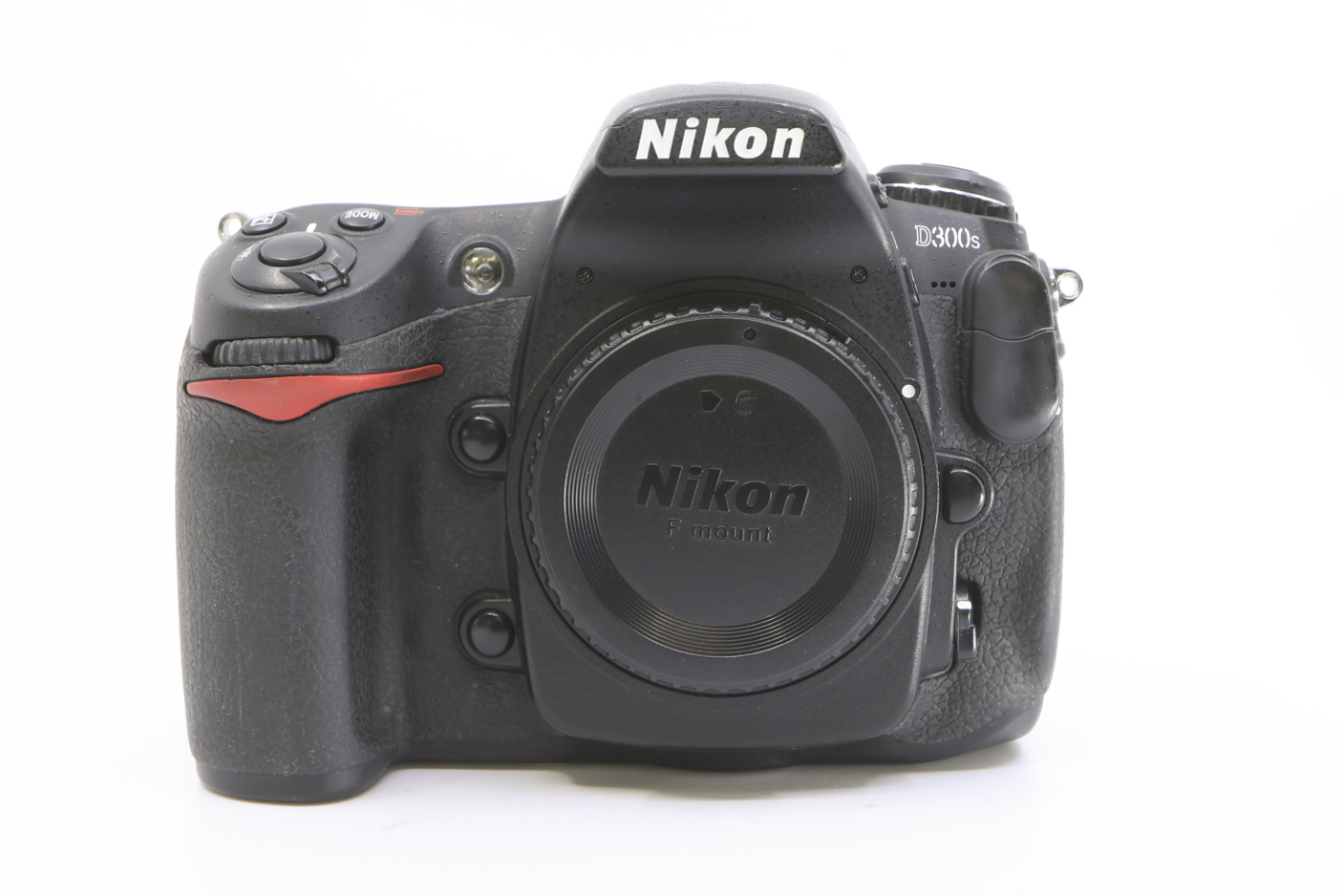
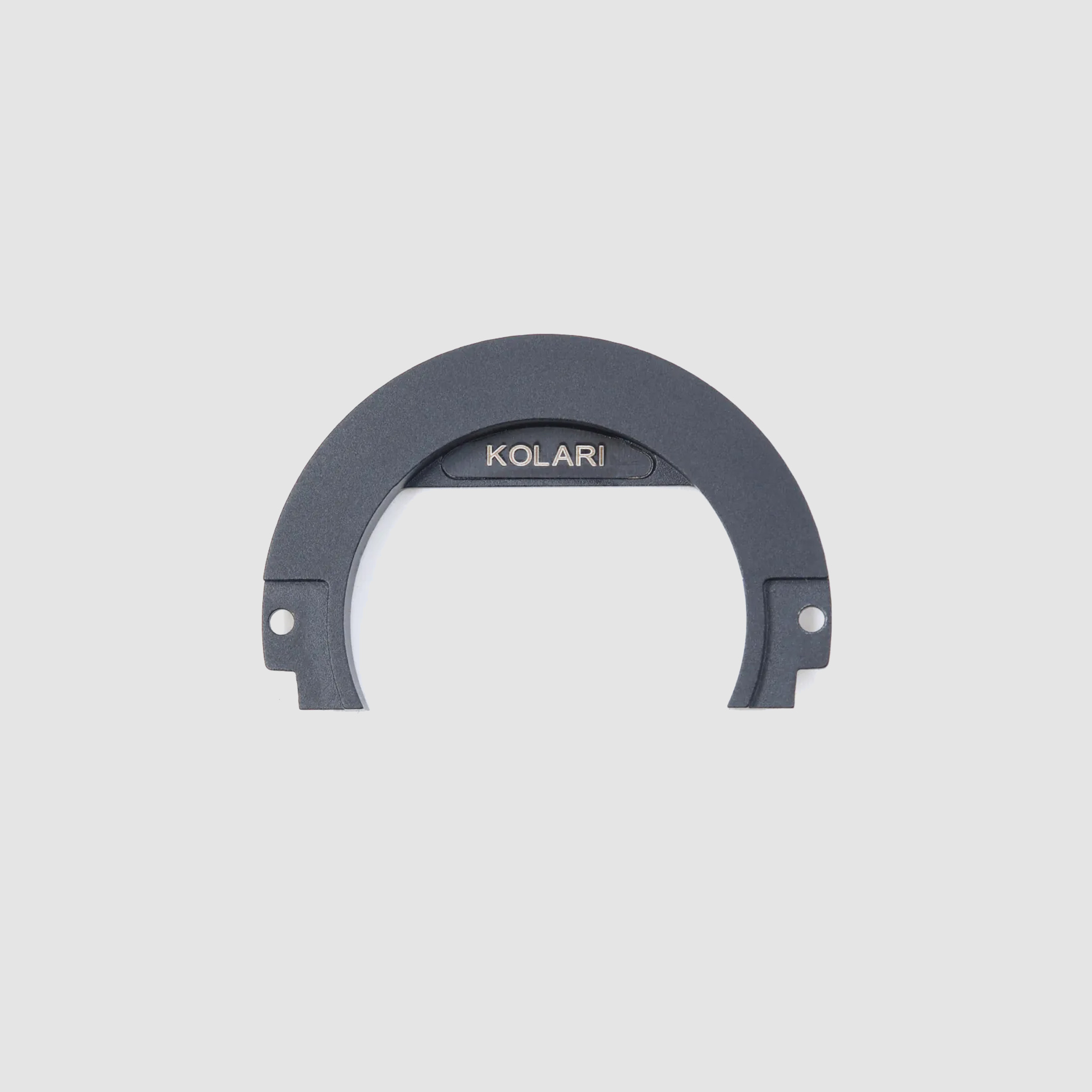





Andy (verified owner) –
Solid product.
When comparing Kolari Vision’s filter to my existing B+W 403 & S8612 stack, it renders UV in a very similar way – same colour cast – however the exposure times are noticeably shorter with KV’s filter, since KV’s UV filter does not cut as much UV as the B+W 403 & S8612 combo.
The only (minor) drawback with this filter is that there is no internal thread (probably due to the thickness of the glass) which means that I cannot put my lens cap on when this filter is in place, in order to prevent dust from getting onto the filter. For that reason, I give it 4/5 stars.
Overall, very happy with my purchase!
Forrest Willey (verified owner) –
Purchased one of the used, “scratched” filters recently and was pleased to find that the scratches were faint and the finish was flawless. The images I’ve captured so far have been clean with no readily discernible negative effects. I observed no color casts.
For a used lens I’d say this is about as good as you could hope.
Calvin S. (verified owner) –
Absolutely worth the price to photograph in UV! I use this filter very often with a full spectrum 5D Mark II and it can take very clear UV photos with the right lens. It took awhile to figure out which lenses are best through trial and error and I also found using a UV pen light through a lens as a good way to tell how well it’ll allow UV to pass through the lens and filter. I found the Nikon 50mm F/1.8 Series E to be my best UV performer by a long shot. One thing to keep in mind though is you do lose a lot of light! (no filter full spectrum ISO 200 1/4000th at F/2.8 vs ISO 6400 1/50th F/2.8 on a sunny day, but it is blocking all other spectrum of light so it will require longer exposures to draw in UV). I watched this filter on the website for a few months and it never goes on sale, so don’t wait for a sale and buy it and have fun with the filter! It’s a very different world from visible and Infrared light! And it’s a good way to see what truly is UV proof and what isn’t How well things are absorbing, blocking or deflecting UV. No more wondering on if something is a marketing gimmick or truly UV “safe”.